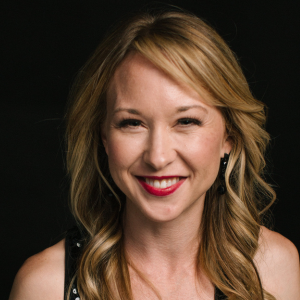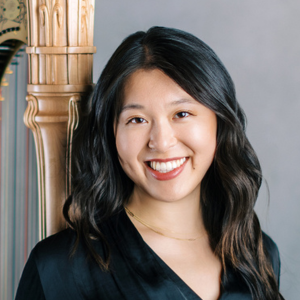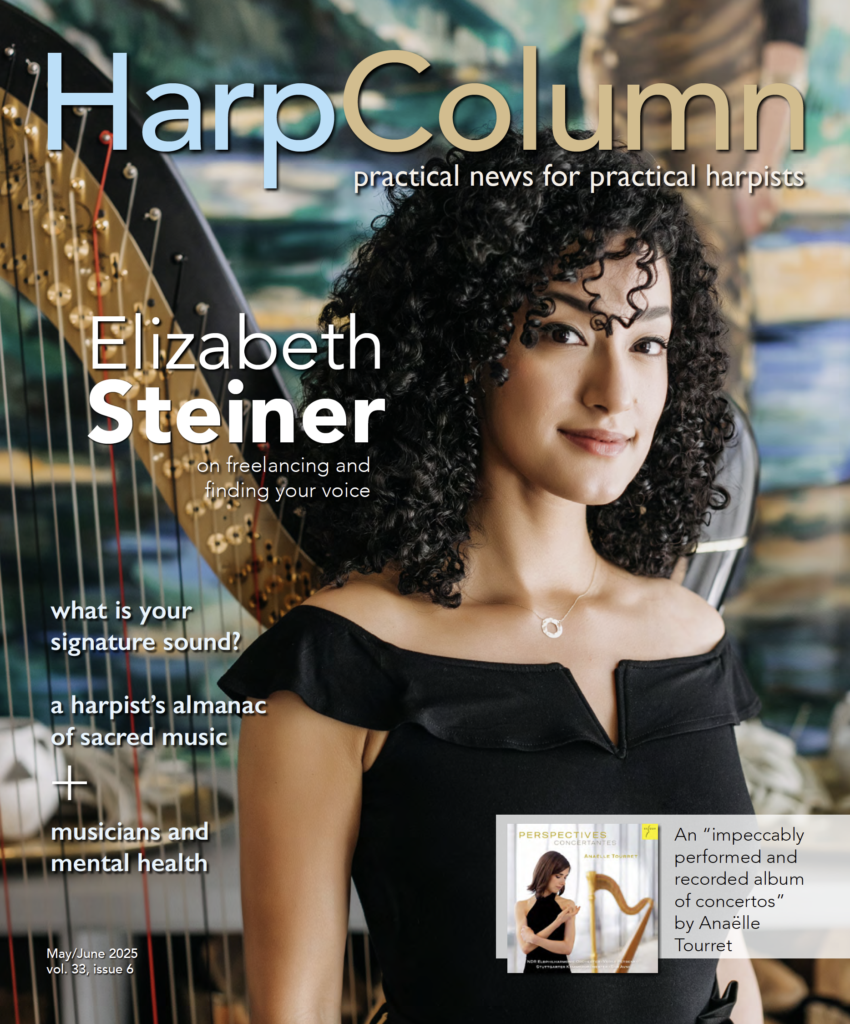
Playing with an orchestra is an exciting opportunity for any harpist! In order for our students to have a positive experience, advance preparation is key.
Begin with giving them solid finger and pedal markings for the part. If it’s standard repertoire, most likely there are good markings that you have or can get a hold of. If it’s new or obscure repertoire, be sure to mark it with your student’s hands and ability in mind, whether they have small hands or perhaps might not have mastered a particular technique needed for the piece. Don’t be afraid to simplify the part in order for the student to have a successful experience.
Listening to recordings of the work is an important part of the preparation. This is not only to learn where the harp plays, but also to understand its role as a voice within the orchestra. Have your students listen to recordings with their part and score in hand, marking in cues of other instruments or melodic lines the harp is accompanying. After the part is learned to full tempo, then the student should practice playing with recordings to make sure they can fit into the piece.
Additionally, have your student practice “watching” an imaginary conductor. Knowing the part well enough so that your student can keep their eyes on the conductor—instead of reading the music or watching the strings—is a tricky but necessary skill in order to be with the ensemble. Also make sure they understand what the various time signatures look like when conducted. If not, that can be disorienting!
With this type of preparation, your students should have a successful first orchestral experience. As the adage goes, “Preparation is the key to success!”

To prepare a student for their first orchestral gig, it is necessary to get the harp part they will be playing as soon as possible. There must be plenty of time before the first rehearsal to learn the part. It is absolutely necessary to know tempos and metronome markings before working on the part, and it is important for the student to start listening to the work right away. They should listen while following the harp part, but also just as background music, so the piece becomes very familiar. If possible, it helps to be able to listen to different recordings at different tempi. It is also helpful if there is a video available where the student can see the conductor. To get the student used to following a conductor, the teacher should stand in front of the student and conduct, helping the student learn how to watch a conductor while also following the music and looking at the harp strings as necessary. Eventually, when the part is learned up to tempo, the student should play the part with a recording in their lesson.
Finally, closer to the first rehearsal, the teacher should discuss when to arrive, what to bring, and tuning. The student should check the strings on their harp to make sure they are in good condition. It is also good to discuss where to sit in the orchestra, and how to set up their harp, bench, and music stand for the best view of the conductor.

For harpists, around 95 percent of orchestra preparation happens before the first rehearsal, so it is paramount to methodically establish a reliable music learning system. This allows the brain to focus on what is most vital in performance: supporting the orchestra musically. To minimize distraction, I encourage my students to begin with a clean copy of music. (I do not erase others’ markings because I like preserving the legacy. I digitally erase markings and reprint.) From there, I have students define unknown words and systematically mark pedals, pedal charts, fingerings, conductor beat patterns, and cues. Students should establish fingerings that feel secure under pressure while maintaining musical clarity, particularly keeping tempo in mind.
Students should internalize their part and develop an awareness of its role in the music. I have my students listen to several recordings from renowned symphony orchestras with their part, score, and a metronome. While listening, they note the range in tempos and identify the harp’s musical role. Some good questions to pose are: What is exposed? Are they leading or accompanying (what instrument)? Are they textural or melodic (doubling with any instrument)? What is the style/atmosphere of each section (which dictates articulation and muffling)? If they are the second harpist, students prepare to support the principal by identifying moments they play together. This helps the student blend with the principal as they mirror their muffling, dynamics, phrasing, and arpeggiation.
To maximize practice time, students should practice meticulously using a metronome! Playing through a part many times with rhythmic integrity and without error develops familiarity and builds confidence. Mastery in playing a part as an individual is not the end. The student must also be musically adaptable, aware, and reactive. To instill this flexibility, I challenge my students to practice with a myriad of recordings and to listen expansively, hearing as many parts as possible. •





